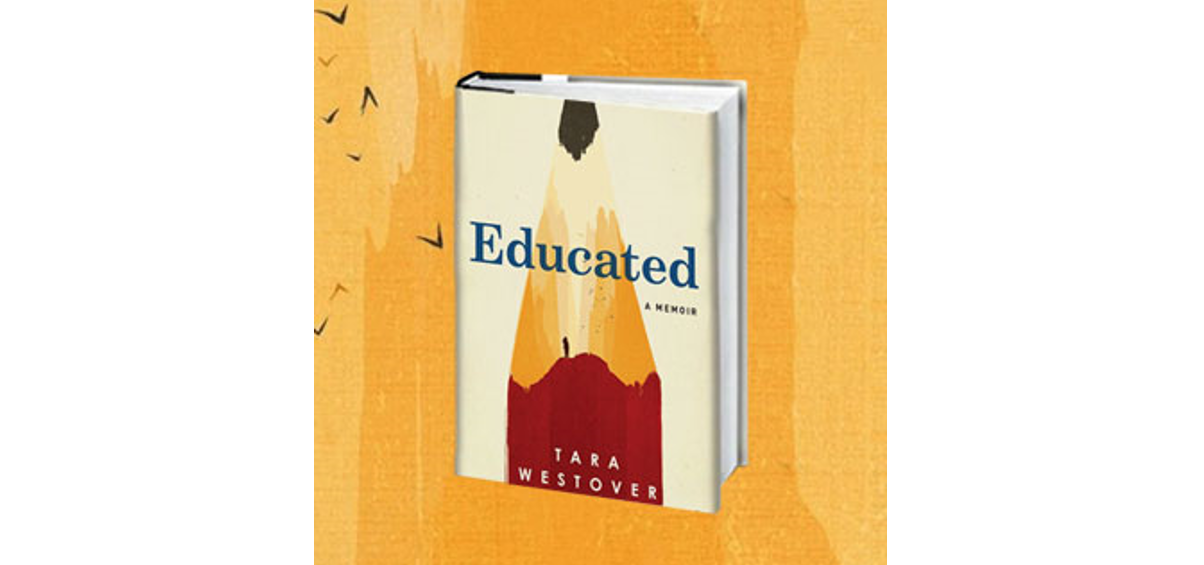每日外闻24
The Headspace Guide to Meditation and Mindfulness by Andy Puddicombe
中文书名:《简单冥想术:激活你的潜在创造力》
I stopped listening to music and watching TV in my 20s. It sounds extreme, but I did it because I thought they would just distract me from thinking about software. That blackout period lasted only about five years, and these days I’m a huge fan of TV shows like Narcos and listen to a lot of U2, Willie Nelson, and the Beatles.
Back when I was avoiding music and TV in the hope of maintaining my focus, I knew that lots of other people were using meditation to achieve similar ends. But I wasn’t interested. I thought of meditation as a woo-woo thing tied somehow to reincarnation (轮回,再生), and I didn’t buy into it.
I’m certainly not an expert on meditation, but I now meditate two or three times a week, for about 10 minutes each time.
I now see that meditation is simply exercise for the mind, similar to the way we exercise our muscles when we play sports. For me, it has nothing to do with faith or mysticism. It’s about taking a few minutes out of my day, learning how to pay attention to the thoughts in my head, and gaining a little bit of distance from them.
Andy Puddicombe, the 46-year-old cofounder and voice of the popular Headspace app, was the person who turned me from skeptic to believer. Prior to finding Headspace, I had read several books about meditation, all of which intimidated me. They made me think that the investment in terms of time and energy was just too high. Headspace made the barrier to entry low enough for me. It’s just 10 minutes a time. Andy has taken some heat from hard-core meditators for his low-barrier approach, but he got me to take up meditation and stick with it. I’m glad he did.
If you want to try meditation for yourself, one good way to ease into it—especially if you’re as skeptical as I was—is to pick up a copy of Andy’s book, The Headspace Guide to Meditation and Mindfulness. Andy presents the evidence base behind these practices in sections called “What the research shows” so you know the benefits are legitimate. And the book also helps you see that Andy himself is legitimate. He’s an ordained Buddhist monk (修行过的和尚) who trained for many years in monasteries (修道院) in India, Nepal, Myanmar, Thailand, Australia, Russia, and Scotland.
At another monastery, the monks served trainees curry and rice every day, and they made the trainees eat it very slowly over the course of exactly an hour. One super hot day, the monks placed in front of each trainee a wonderful surprise: ice cream. “It was like being a child at a birthday party when the cake comes out.” Unfortunately, the trainees soon discovered they were not allowed to touch the ice cream until they had eaten their curry and rice in the painfully slow way they’d been taught. As the ice cream melted in front of him, he felt angry, then sad and guilty for feeling angry—just as the monks knew would happen.
It turns out that monastic life wasn’t right for Andy. As we learn in the book, after ten years he left and—I kid you not—became a circus clown in London. He wanted to be fully engaged in the world rather than cloistering himself away in artificially quiet retreats.
While he was a clown, he started teaching meditation to those with severe anxiety and other conditions. A few years later, he started Headspace to bring meditation to the masses. He felt that meditation was a skill everyone could learn without sitting behind high stone walls or being subjected to mind games.
I’m not sure how much meditation would have helped me concentrate in my early Microsoft days, because I was monomaniacally focused without it. But now that I’m married, have three children, and have a broader set of professional and personal interests, it’s a great tool for improving my focus. It’s also helped me step back and get some ease with whatever thoughts or emotions are present. I like what I’m getting from my 10 minutes every few days. I’m grateful to Andy for helping me on this journey.
headspace : the science blog for work how to meditate help
另外哈佛大学公开课:幸福课 中也有对冥想的介绍
See you tomorrow












